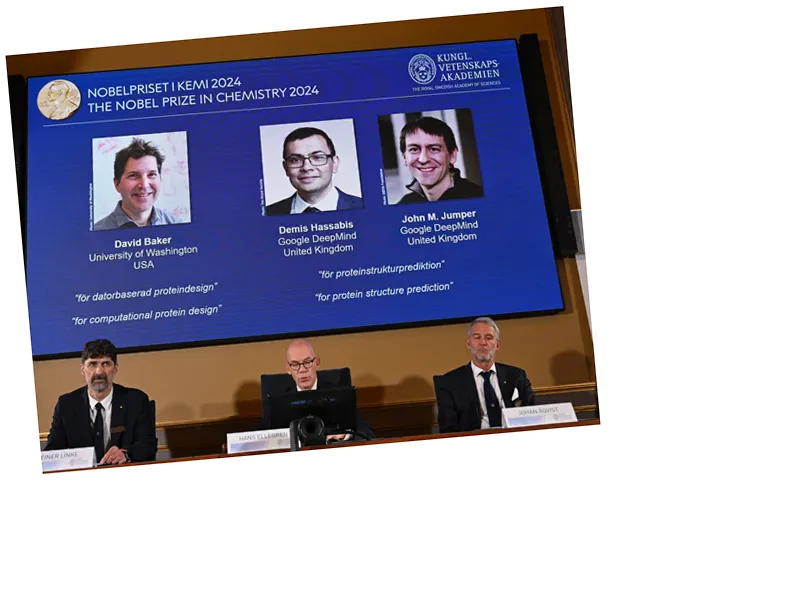Breakthrough in Electron Microscopy: Capturing Electrons in Motion
Researchers at the University of Arizona have unveiled a groundbreaking electron microscope that can capture still images of electrons as they move. Led by Assistant Professor of Physics, Dr. Mohamed Hassan, this innovative technology is poised to revolutionize fields such as physics, chemistry, and bioengineering. Published in the journal Science Advances, the research highlights the capabilities of this powerful microscope to observe phenomena that were previously invisible to scientists.
The Mechanics Behind the Otto Microscope
The newly developed 'Otto Microscope' is an advanced version of the traditional transmission electron microscope. Unlike optical microscopes that rely on visible light, this electron microscope utilizes beams of electrons to magnify samples, revealing intricate details at the nanoscale. Dr. Hassan describes the microscope as a sophisticated camera, akin to the latest smartphones, allowing researchers to visualize the rapid movements of electrons traveling at speeds up to 6,000 kilometers per second. This leap in technology enables a deeper understanding of quantum physics and electron behavior.
The Future of Electron Imaging and Research
The Otto Microscope operates at astonishing speeds, emitting electron pulses in attoseconds, which is one quintillionth of a second. This rapid imaging technique allows scientists to capture a series of images that can be stitched together to create a movie-like representation of electron movement. Dr. Hassan's team achieved a significant milestone by generating an electronic pulse per totosecond, enabling the visualization of a single electron in real-time. This advancement builds on the groundbreaking work of Nobel Prize winners Pierre Agostini, Ferenc Kraus, and Anna Lhuillier, paving the way for future discoveries in the realm of high-speed electron microscopy.






